The Geography of Our Communities
🌍 Why do some people live near tall buildings, while others live near wide open fields? This Geography of Communities video for kids helps third grade students understand the differences between urban, suburban, and rural areas — and how geography shapes how people live, travel, work, and interact. With vibrant visuals and relatable language, the video makes geography come alive.
🏘️ Explore Community Types, Landforms & Resources
In this video, students explore the natural and human-made features that define different types of communities. They’ll learn about local geography, transportation systems, and the importance of landforms, water, and natural resources. From bustling cities to wide-open farmland, the lesson helps students visualize how location affects everything from housing to jobs.
🎥 This geography of communities video for kids also introduces the idea of how people change the environment to meet their needs — by building roads, homes, schools, and bridges. It connects environmental features with daily life, helping learners see the role geography plays in shaping culture, economy, and lifestyle across different regions.
🏆 Ideal for Grade 3 geography, social studies, or environmental science units, this video supports lessons on place, movement, and human-environment interaction. Whether you’re introducing key concepts or reviewing for assessments, this engaging, classroom-friendly resource brings clarity and connection to every corner of your community curriculum.
Video length: 17:50 minutes.
Learning Resources
Quiz
Communities Crossword
US Regions and Landforms
Community Writing Prompts
The Effects of a Pandemic on Community Events
Draw a Scene
Universal Resources
National Standards
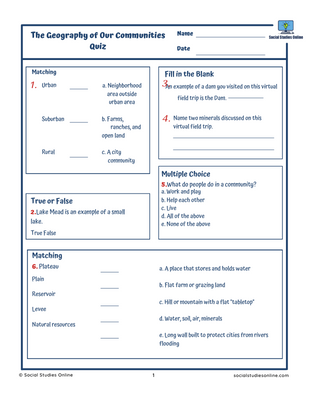

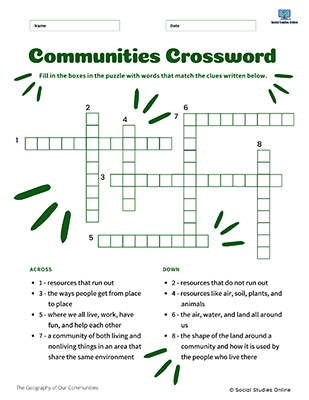

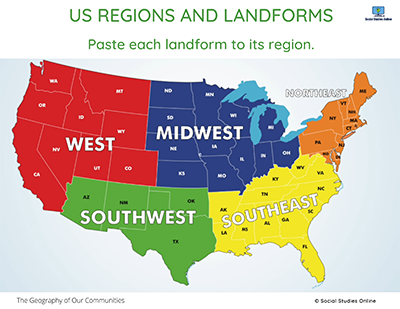

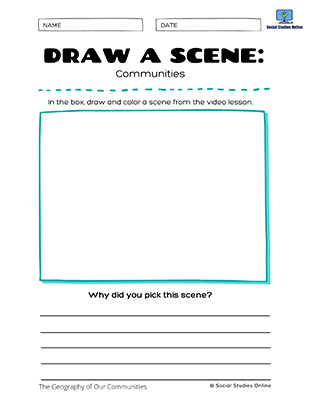

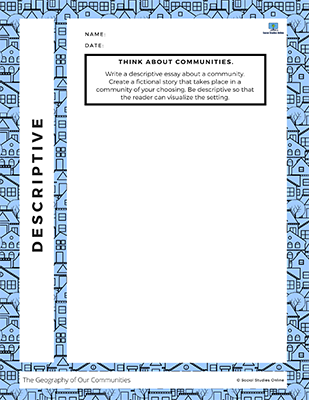

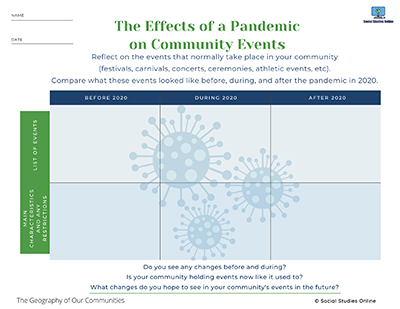

Video Subscriptions
When you only need one video- Unlimited viewing of 1 video
- Post-trip quiz + resources for 1 video
- Access to Closed Captioned version of 1 video
- Lowest-cost option
Teacher + Class Subscription
Teacher + Students- Unlimited access to the entire video lesson library
- All quizzes + learning resources
- Access for 1 teacher + all students
- Access to all Spanish videos + resources
- Access to all Closed Captioned videos
- Best value option for one teacher
School-wide Site License
All teachers + All students- Unlimited access to the entire video lesson library
- All quizzes + learning resources
- Access for all teachers and all students
- Access to all Spanish videos + resources
- Access to all Closed Captioned videos
- Best for school administrators supporting their teachers & students
- Up to 500 students – $450/year
- 500-1,000 students – $600/year
- 1,000+ students – $1,000/year
Topics Covered
What is a community?
Urban, suburban, and rural communities
Extreme weather
The 5 regions of the U.S. and the landforms in each
Natural resources
Human impact on landforms and regions (incl. Hoover Dam and levees).
Classroom Ideas
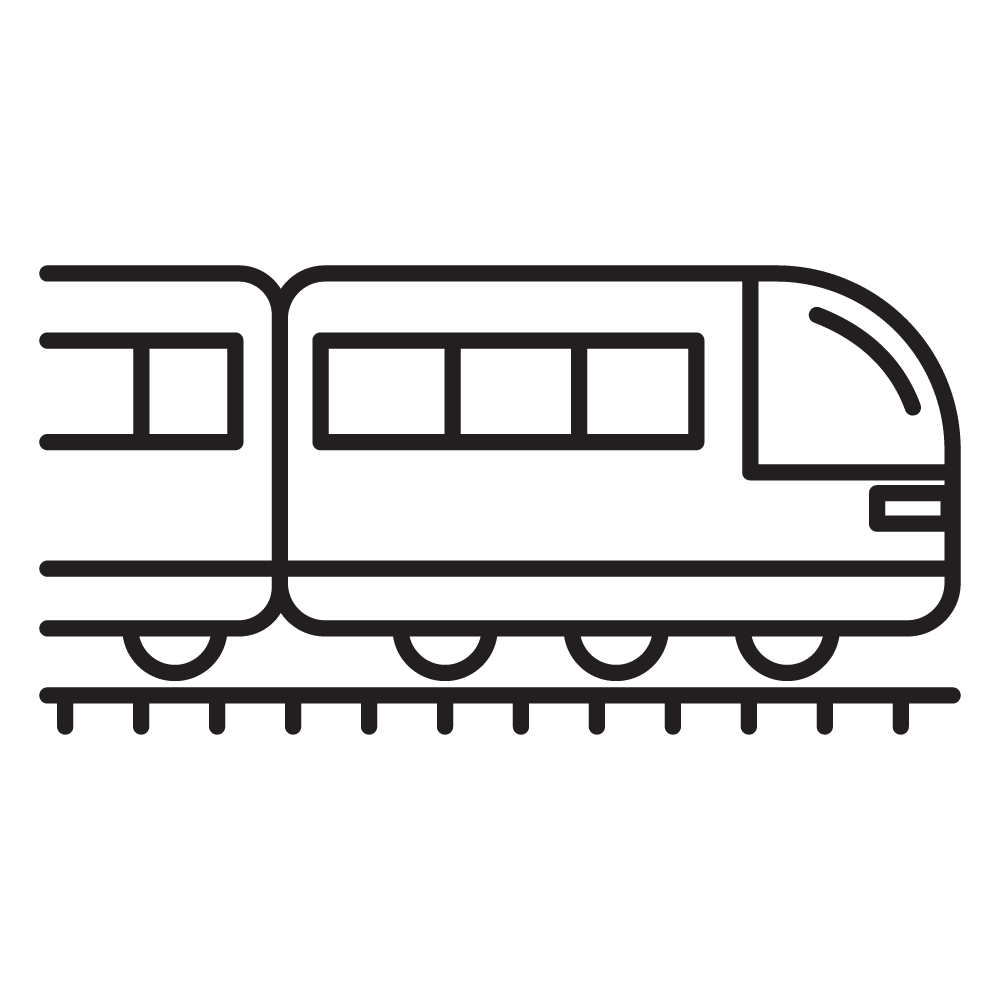
Transportation Around the World
Compare/contrast various modes of transportation for commuting in the U.S. and in different countries (Japanese Bullet Trains vs. classic cars in Cuba).
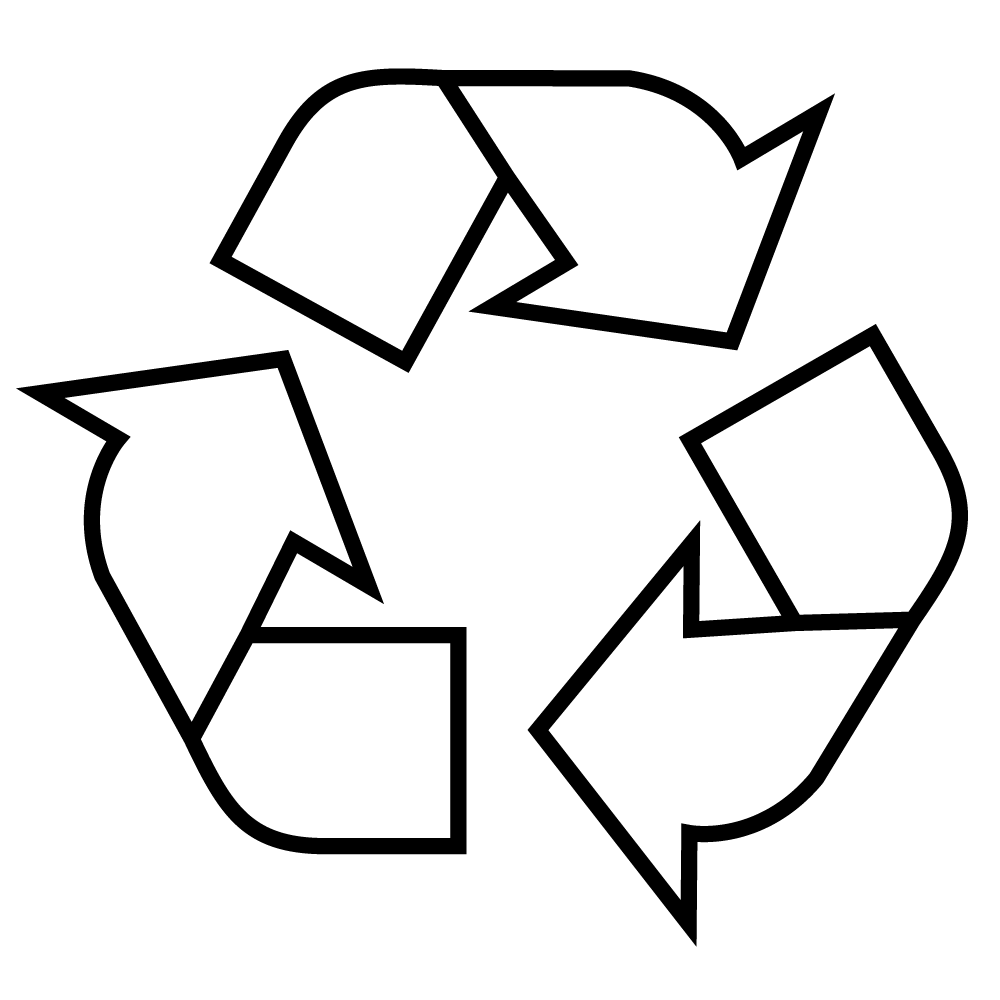
Local Waste Management
If possible, go visit your local metro waste authority to learn how they are helping preserve your town’s natural resources (if you can’t go to them, see if a representative can come to your classroom) or have students research their local research facility.

Transportation Around the World
Compare/contrast various modes of transportation for commuting in the U.S. and in different countries (Japanese Bullet Trains vs. classic cars in Cuba).

Cloze Practice
A cloze piece has full sentences used in the virtual field trip with blanks where students can write in the information that is missing. This task requires close listening to the trip in order to complete it.
Coral reefs are the _______ type of ecosystem in the world. They’ve been around for over _____ million years.
Answers: oldest; 240
Alternatively, you could have students create 5-10 cloze statements and they could share those with the class.
A third alternative is to distribute the cloze worksheets before watching the video. Students can fill them in as they watch.

Conservation
Prompt students to write a report about how people can conserve natural resources.

Art and Geography
Draw a picture of a community.
Draw a picture of the transportation you use to get to school.
Draw a picture of the transportation you wish you could take to school.
Draw a picture of the transportation your parents use to get to work.
Draw a picture of the land you live in, (mountains, lake, buildings, etc).
Draw a picture of the items you recycle at home.
Draw a picture of the natural resources in your hometown.

Visual Learning
Offer videos to struggling learners as another form of accessing information and creating knowledge.
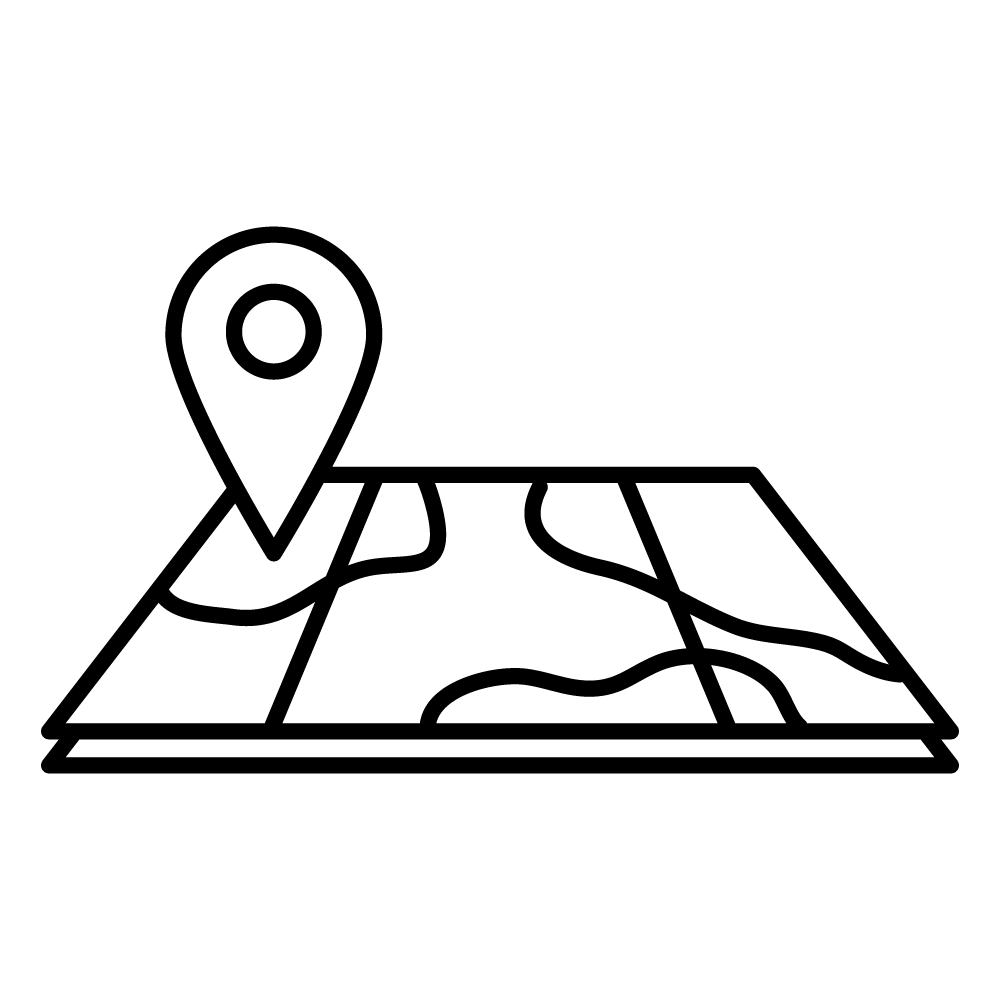
Landforms
Identify landforms of the 5 regions of the U.S. May require further research.

Explore Vocabulary
Identify key vocabulary terms while previewing each video. Prompt students to find the meaning of each word as they watch the video. Example: What do the words ecosystem and nonrenewable mean? Think about the meaning of this word as you watch the video.

Create Quizzes
Students create a quiz based on the information presented for their peers. This can be used as a review for a test, or jigsaw class activity where students are responsible for teaching other students assigned topics.
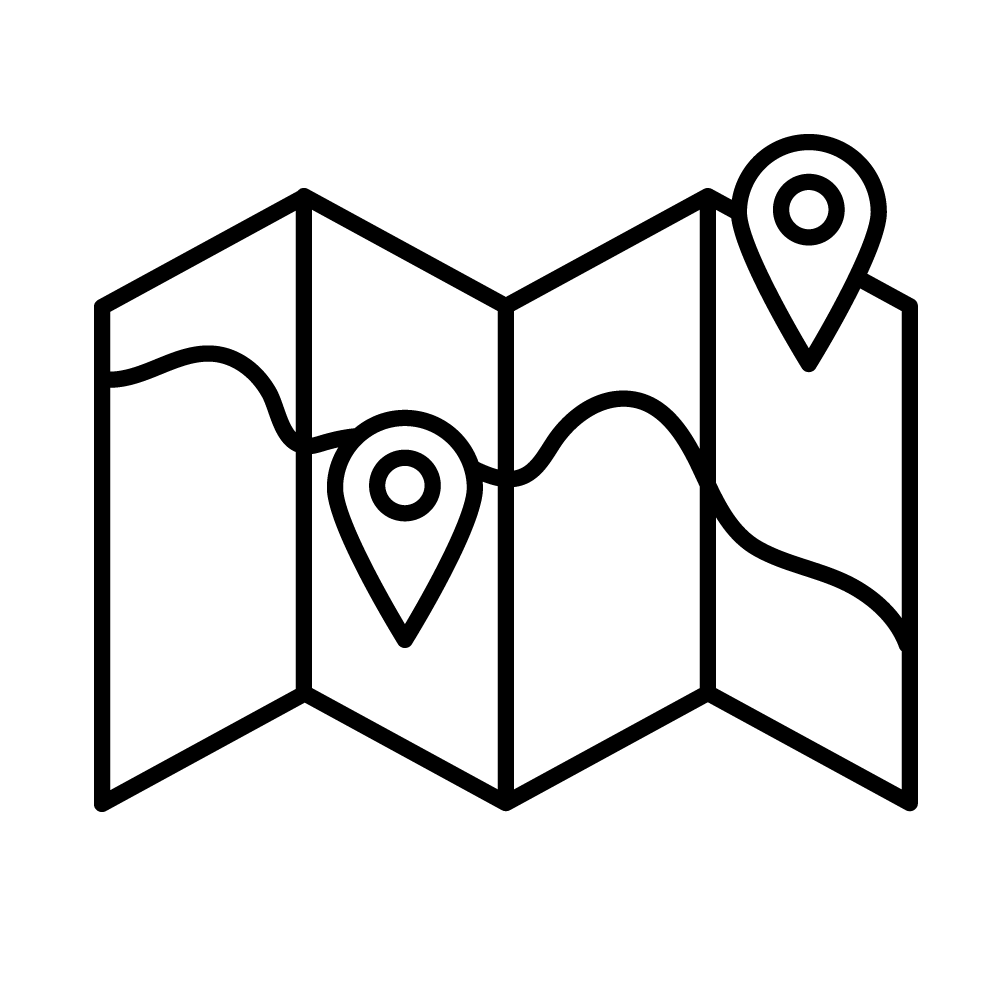
Mapping
Have students draw a map of their neighborhood and town with their home, school,

Writing Topics
What transportation do you use to get to school?
What transportation do you wish you could take to school?
Describe your favorite mode of transportation and why?
Describe the land you live in, does it have mountains, hills, lake, etc.
What is the weather like where you live? Describe the weather.
What is your favorite type of weather and why?
What natural resources are in or near where you live?
Why is it important to reduce, reuse and recycle?
How do you reduce, reuse and recycle at your home?
How do you reduce, reuse and recycle at school?

Repurposing
After talking about reducing, reusing, and recycling, bring in items from home (milk containers, plastic containers, newspapers, pop lids, etc. and tell students they have the class period to create something with those items provided (you can also allow them to use scissors, glue, markers, whatever you feel is appropriate for this task) and then the following day have them share with the class what they have created.
Classroom Ideas for ALL Videos
Dozens and dozens of ideas that you can use in your classroom along with our videos!
Related Videos
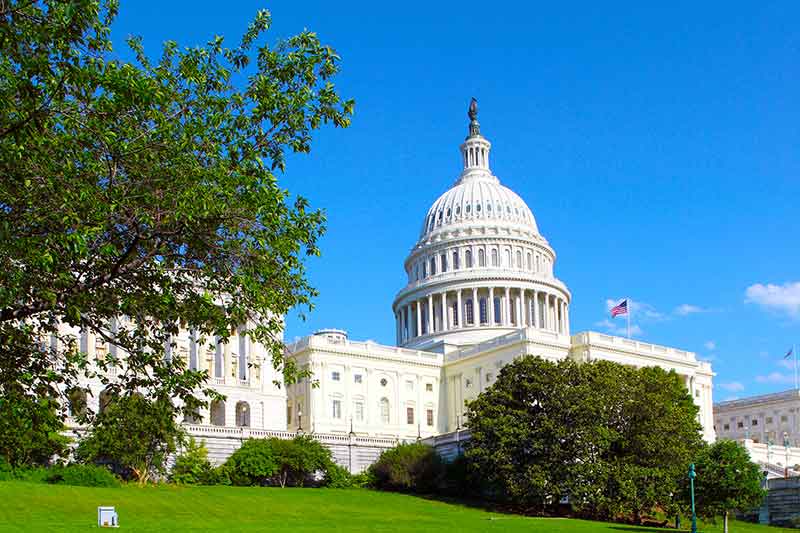
Grade 3 - How Government Helps Our Communities

Grade 3 - The First Americans
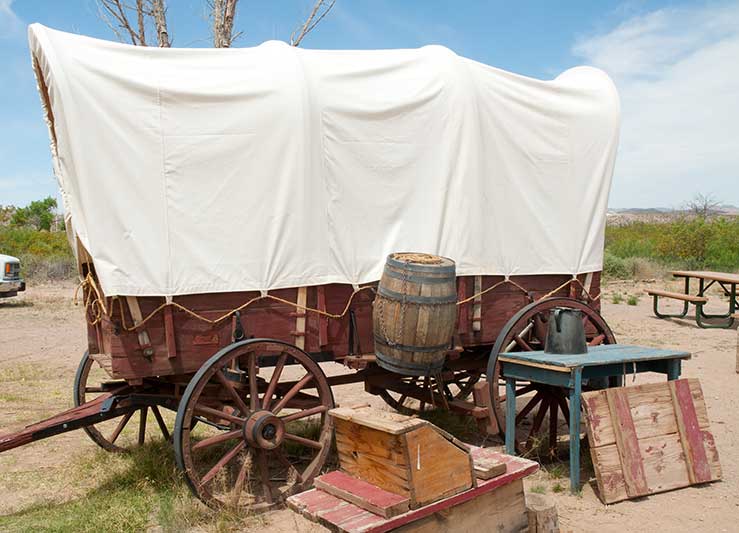
Grade 3 - How The Country Was Settled

Grade 2 - Land and Water Around Us

Grade 3 - A Country of Cultures

Grade 3 - I Am A Consumer

Grade 3 - Businesses At Work
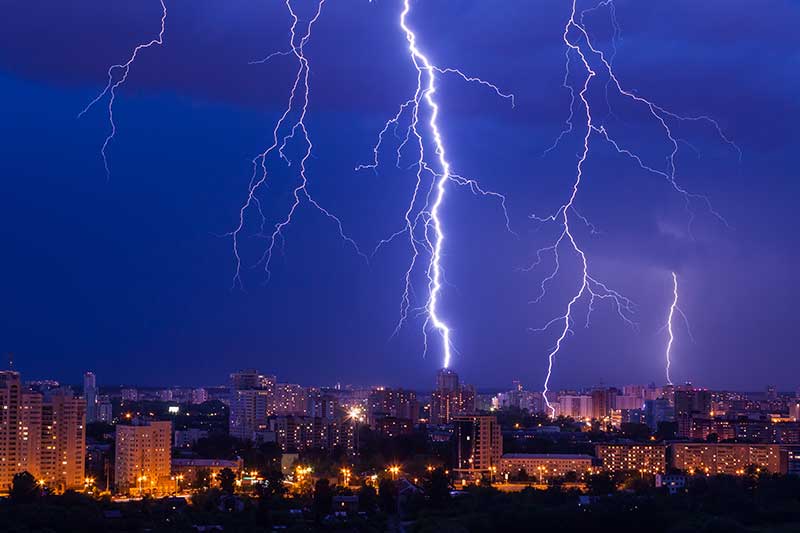
Grade 1 - The Earth Around Us
Video Subscriptions
When you only need one video- Unlimited viewing of 1 video
- Post-trip quiz + resources for 1 video
- Access to Closed Captioned version of 1 video
- Lowest-cost option
Teacher + Class Subscription
Teacher + Students- Unlimited access to the entire video lesson library
- All quizzes + learning resources
- Access for 1 teacher + all students
- Access to all Spanish videos + resources
- Access to all Closed Captioned videos
- Best value option for one teacher
School-wide Site License
All teachers + All students- Unlimited access to the entire video lesson library
- All quizzes + learning resources
- Access for all teachers and all students
- Access to all Spanish videos + resources
- Access to all Closed Captioned videos
- Best for school administrators supporting their teachers & students
- Up to 500 students – $450/year
- 500-1,000 students – $600/year
- 1,000+ students – $1,000/year

Our Mission:
To support you, your students, and your curriculum in the pursuit of knowledge and global citizenship, one video at a time.
Quick Links
About Us
© 2024 Social Studies Online


